I Grew Up Without Water: What Water Scarcity Steals from Women and Children in Sub-Saharan Africa
Water scarcity is the difference between the demand for freshwater and its available supply, resulting in a shortage where not everyone can access sufficient water. It can be physical scarcity, where there isn’t enough water to go around, or economic scarcity, where a country or population’s infrastructure is lacking to access or distribute the water that is available.
As someone who was born and raised in Kenya, I can tell you that water scarcity is very evident here in sub-Saharan Africa. Many homes and institutions are still struggling to gain access to clean and safe water. Women and children walk for long distances to fetch water every day, and some families have no option but to consume water that is dirty and contaminated. It is sad that people still lack access to clean water in this 21st century, but I am glad that The Water Project ensures that communities and institutions are accessing clean and safe water in Africa.
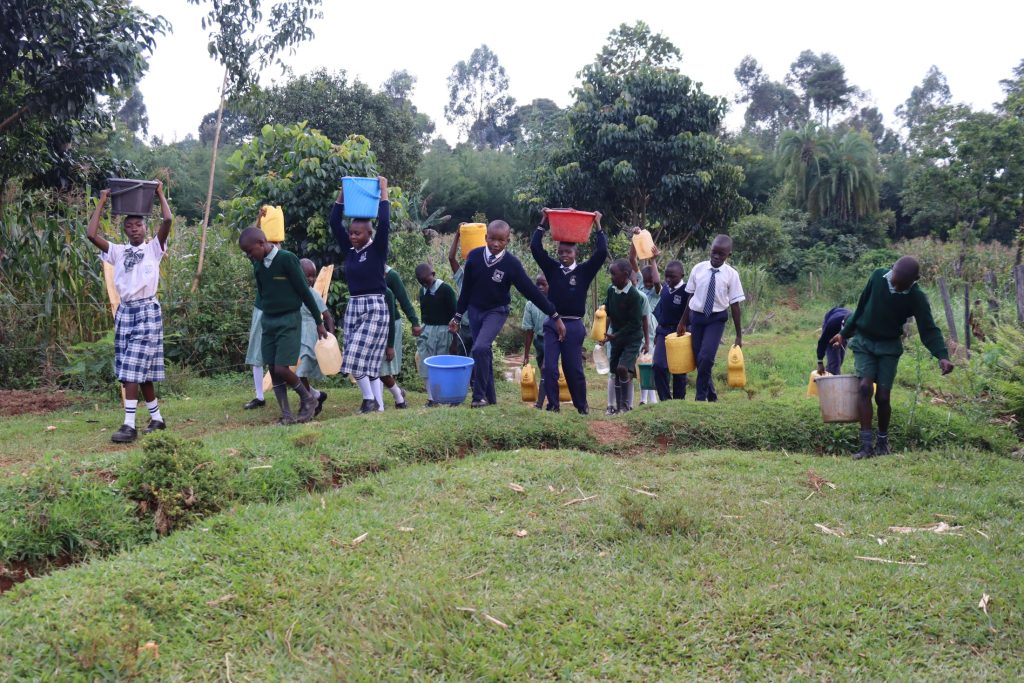
Some people are blessed because they have never encountered a lack of water at home or at school. A lack of access to clean water is a reality for many communities and institutions here in Kenya, and it negatively affects them.
Growing up as a young girl, fetching water from the river was a part of me because it was one of my chores at home. I used to give fetching water early in the morning top priority before the water would get contaminated during the day. For me, contamination would mean animals drinking water from the river and other human activities around the riverbank like washing clothes, bathing, and farming. Now, I know that water from any open source is contaminated and unsafe to drink.
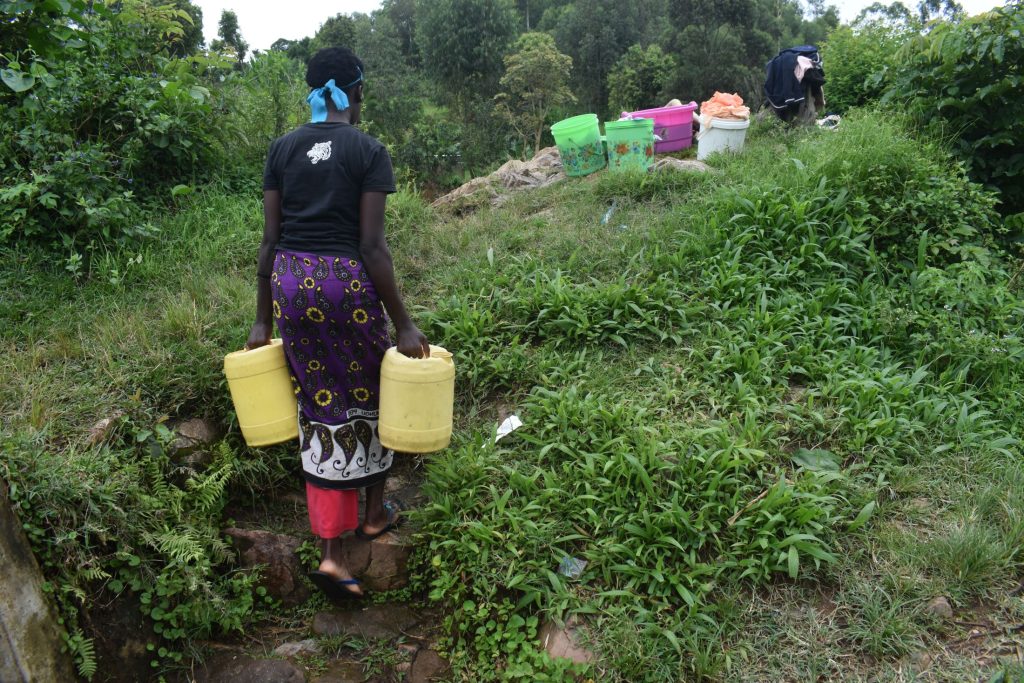
Growing up in western Kenya, seeing women and children searching for water was very common in the communities. And working with The Water Project made me realize that water scarcity impacts the lives of people negatively. Men, women, and children are forced to walk for long distances looking for clean and safe water, and this wastes a lot of time that they could be using to do other activities and improve their well-being. Schoolgoing children spend a lot of time looking for water, forcing them to miss classes, leading to poor performance.
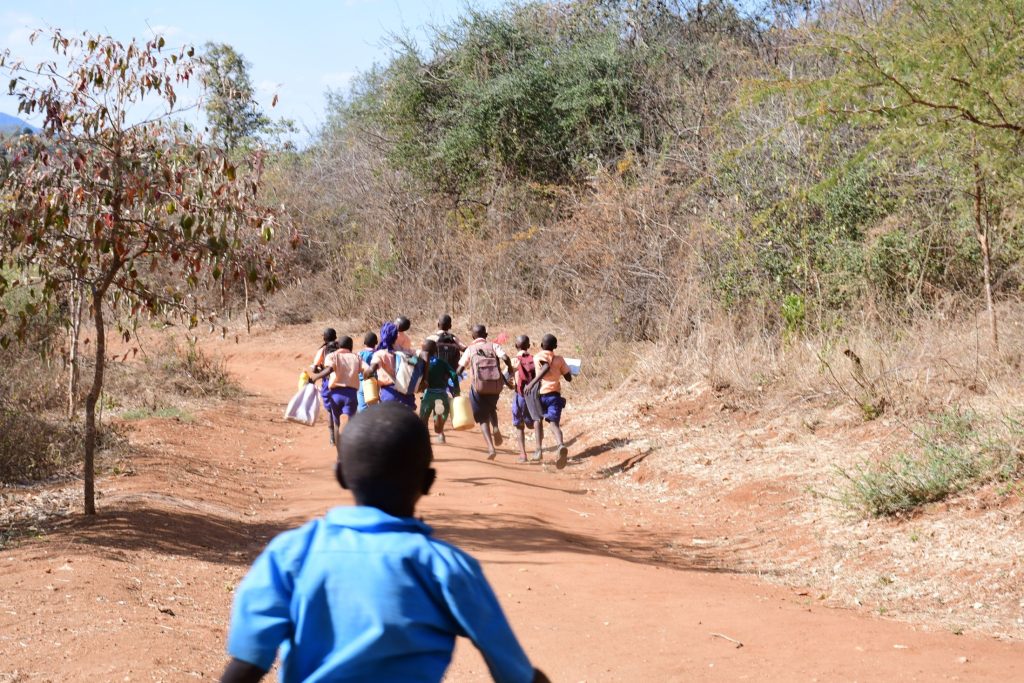
Some years ago, while I was in primary school, I went to school late and I was really punished. It was not my intention to be late, but it was because we students had a lot to carry to school every day. Imagine a young girl or boy carrying water, books, and firewood to school. That was a lot for me, but I could not complain because it was our way of life. Carrying that heavy load affected me mentally, because I could not concentrate in class. This impacted my grades, but I could not do anything at that time except endure the pain and frustrations. As a young girl, I did what I was supposed to do.
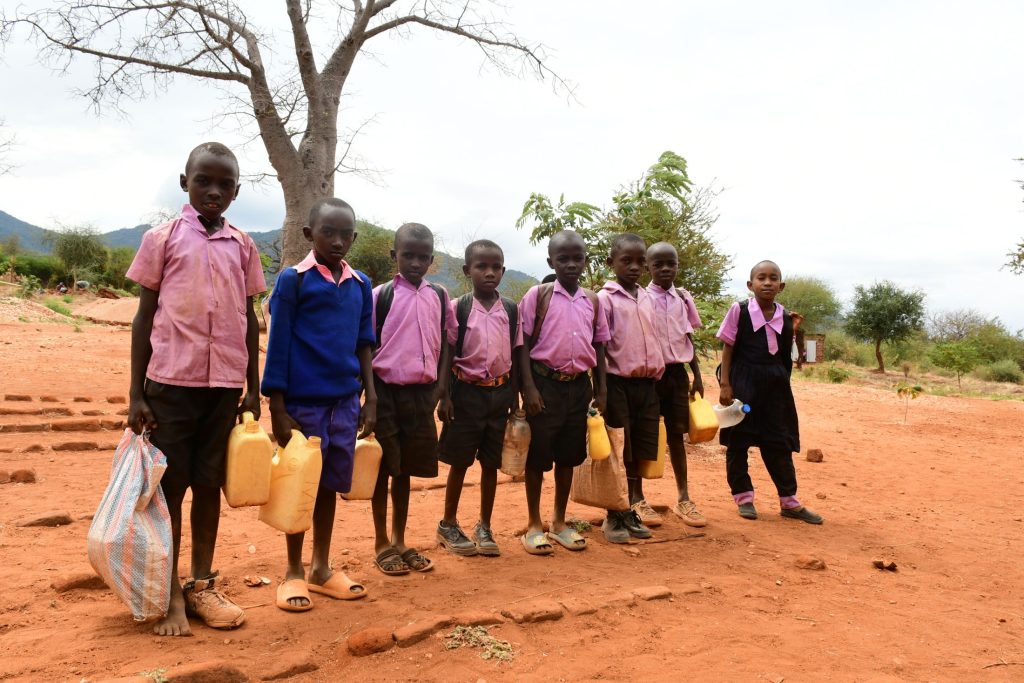
I thank God that the county government of Bungoma has made efforts to pipe water to my former school recently, so the current pupils are now accessing clean and safe water. Although, the water is not sustainable, because it is only available twice a week. If the school does not store enough water during those periods, the pupils are forced to fetch water from the river. At least the pupils don’t have to carry water to school every day as I used to. And I am glad that, although my grades were not good, I promised myself to work hard, and I am happy that I have achieved my dream of becoming a social scientist.
Water scarcity makes communities and institutions less productive. Whenever a community lacks water, its members and students do not have time for themselves, but must look for water. They have no time to practice economic activities that will earn them income, but need money to pay for hospital bills because they are sick due to drinking dirty water.
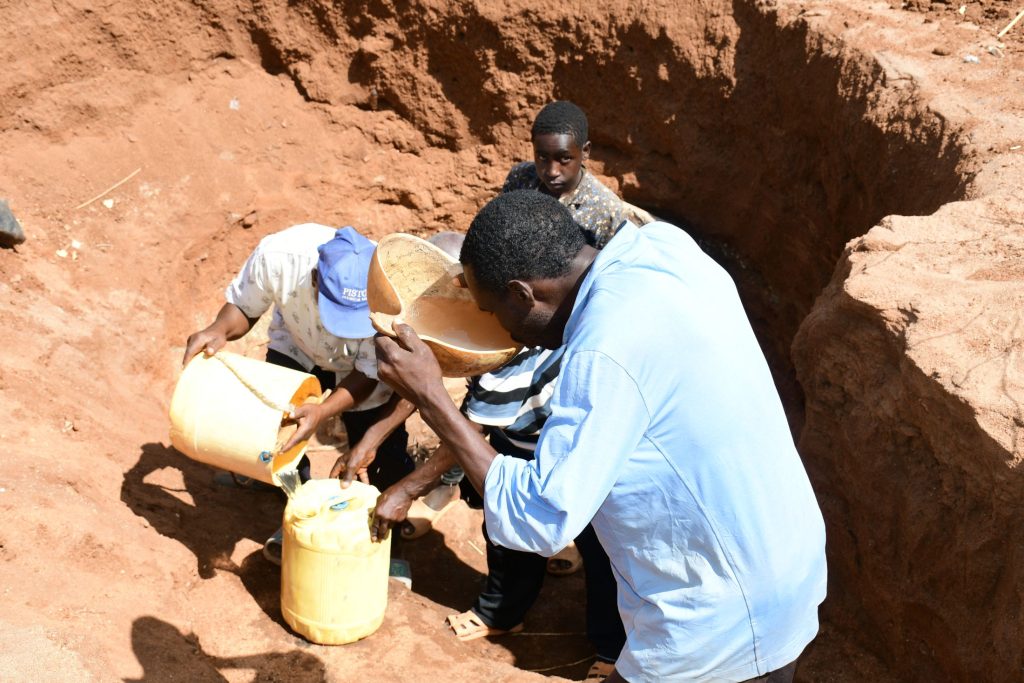
I remember one day when I was working on a survey in Tengeti Community. Seeing mothers queueing for hours to fetch water and even quarreling at some point as they scrambled to fetch water made me cry. I was emotional because the women had to queue for hours to fetch water, and, at some point, they all wanted to fetch water at the same time, which led to fights. They each needed to collect several trips’ worth of water, and I realized that they were spending as much time at the spring as they were at their homes.
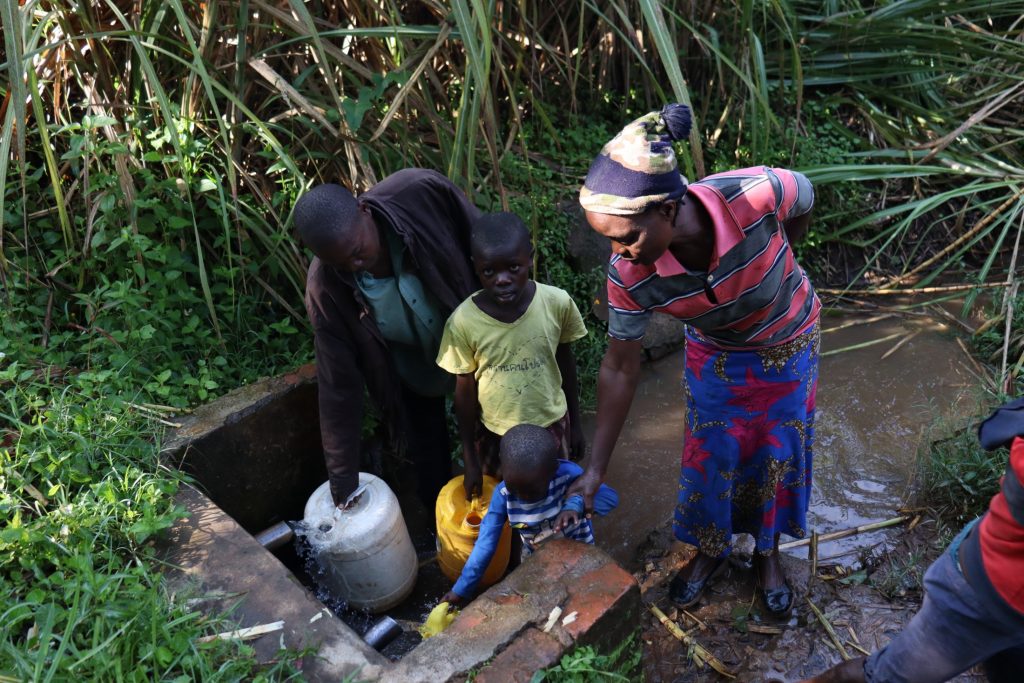
I remember children coming back from school to eat lunch, and they found their mothers still fetching water, unable to prepare the meal. The children took the responsibility of helping their parents fetch water while the mothers rushed home to prepare lunch. The children were carrying water one trip after the other, and I was happy that they were helping their mothers, forgetting that they were also tired from school. They all wasted a lot of time and energy fetching water. The children became late in returning to school. The questions I asked myself were, “how will the children cope in class after all they have done? I am sure that the children were tired and late for school, and their mothers are tired, too. So, who will help the other?” It dawned on me that those women had lost their dignity, because they could no longer think of themselves. Instead, all they could think about was how to fetch water and support their families.
I observed strained relationships among the community members and even the children back in school because the women would fight in the spring after queuing for hours to fetch water. The children would be affected, too, both at home and in school, because they did not get their meals on time, and they needed to assist their parents in fetching water. The teachers would discipline the children for coming to school late without understanding the struggles they went through back home. All these struggles affect the mothers and children differently.
I am happy that the community in question now has access to clean and safe water courtesy of The Water Project. But that same story is playing out all across Western Kenya, broader Kenya, and sub-Saharan Africa. What about those communities still waiting for clean water?
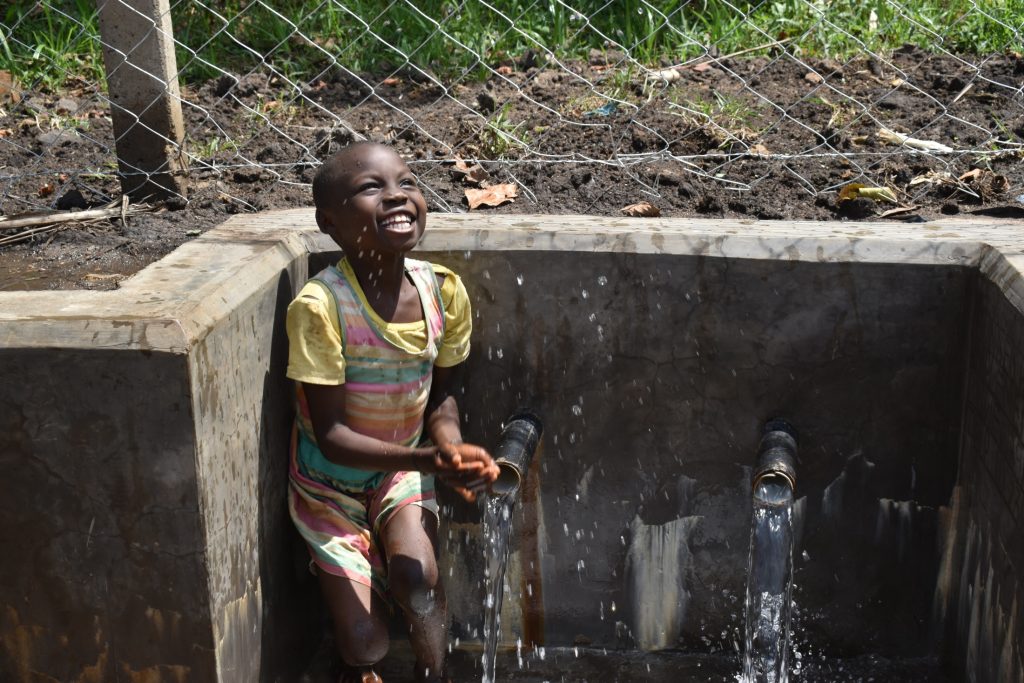
Working with The Water Project for the past seven years has been a blessing to me because I am able to interact with the men, women, and children in the communities we serve every day. We not only talk about water, but also water, sanitation, and hygiene (WASH). Anytime we visit a community, the people there are hopeful that The Water Project will solve their problems by providing clean water, and it has been so.
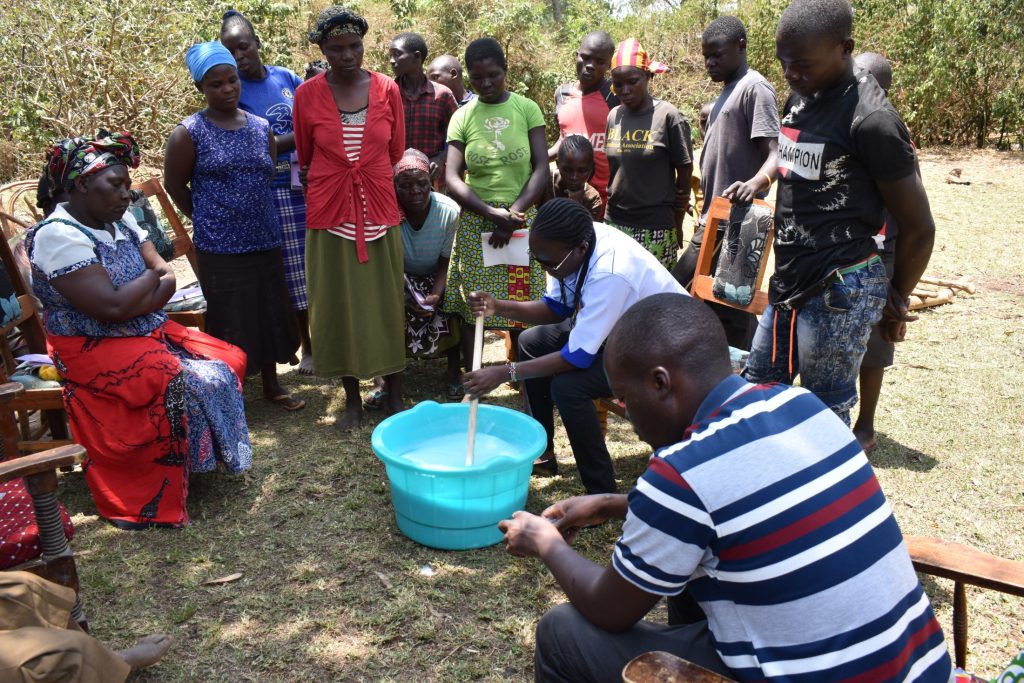
Right now, The Water Project is focused on fully saturating Kakamega and Vihiga counties in Western Kenya with safe water sources, but I am hopeful that one day, every home and institution will have access to safe water. How will this be achieved? It’s upon all of us to support The Water Project and help those women and children who are still facing water scarcity in their communities get access to clean and safe water.
I urge any well-wisher who is out there reading my story today to support The Water Project and help us reach many other communities that are still in need. It might be through prayers, ideas, or finances, but let’s come together and give that mother and child access to clean and safe water. The Water Project cannot do it without your help. Giving a mother and a child access to clean and safe water helps the entire community and the generations to come.
Home More Like ThisTweet